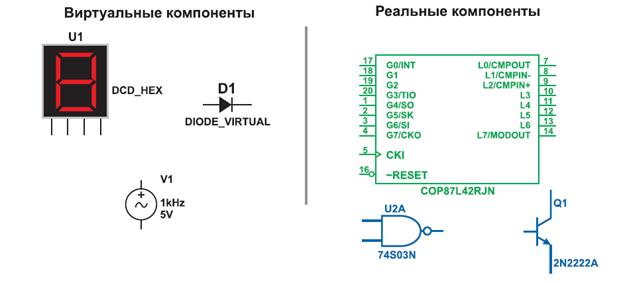Oligarchy
In the Aristotelian classification of government, there were two forms of rule by the few: aristocracy and its debased form, oligarchy. Although the term oligarchy is rarely used to refer to contemporary political systems, the phenomenon of irresponsible rule by small groups has not vanished from the world. Many of the classical conditions of oligarchic rule were found until recently in those parts of Asia in which governing elites were recruited exclusively from a ruling caste — a hereditary social grouping set apart from the rest of society by religion, kinship, economic status, prestige, and even language. In the contemporary world, in some countries that have not experienced the full impact of industrialization, governing elites are still often recruited from a ruling class – a stratum of society that monopolizes the chief social and economic functions in the system. Such elites have typically exercised power to maintain the economic and political status quo. The simple forms of oligarchic rule associated with pre-industrial societies are, of course, rapidly disappearing. Industrialization produces new, differentiated elites that replace the small leadership groupings that once controlled social, economic, and political power in the society. The demands of the industrialization compel recruitment on the basis of skill, merit, and achievement rather than on the basis of inherited social position and wealth. New forms of oligarchic rule have also made their appearance in many advanced industrial societies. Although governing elites in these societies are no longer recruited from a single class, they are often not subjected to effective restraints on the exercise of their power. Indeed, in some circumstances, the new elites may use their power to convert themselves into a governing class whose interests are protected by every agency of the state. Oligarchic tendencies of a lesser degree have been detected in all the great bureaucratic structures of advanced political systems. The growing complexity of modern society and its government thrusts ever greater power into the hands of administrators and committees of experts. Even in constitutional regimes, no rally satisfactory answer has been found to the question of how these bureaucratic decision makers can be held accountable and their powers effectively restrained without, at the same time, jeopardizing the efficiency and rationality of the policy-making process.
|




